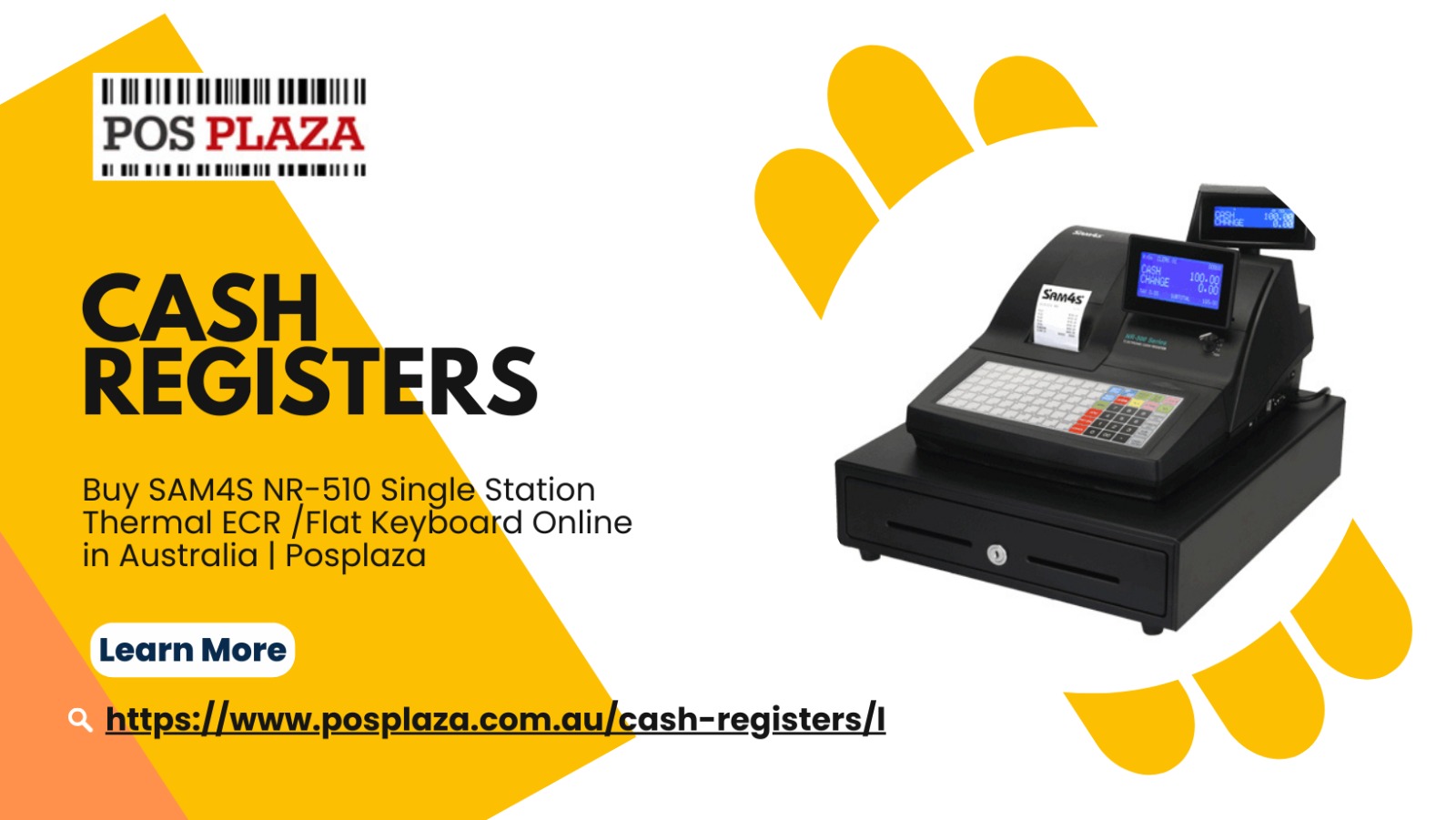Cash Registers have come a long way since their inception in the late 19th century. What once started as a mechanical marvel has now evolved into a digital powerhouse. In this article, we will take a journey through time to explore the fascinating evolution of cash registers, from their humble beginnings to the modern digital point of sale (POS) systems. Whether you’re looking to buy point of sale (POS) cash register systems or simply curious about their history, this article will provide you with insights into the transformation of these essential business tools.
The Birth of Cash Registers
Mechanical Marvels of the Late 19th Century
Cash registers made their debut in the late 1800s, forever changing the way businesses managed their transactions. Invented by James Ritty, a saloon owner, and improved upon by his brother John, the first cash register was a mechanical device known as the “Incorruptible Cashier.” Its primary purpose was to prevent theft by recording sales transactions accurately. The machine had a series of keys, each corresponding to a specific item or price, and it could ring a bell to alert the cashier when a sale was made.
These early cash registers were indeed mechanical marvels of their time, but they were relatively simple compared to their modern counterparts. They were bulky, heavy, and required manual operation.
The Advancements in Cash Register Technology
The Cash Register Becomes Automatic
As the 20th century dawned, cash register technology continued to evolve. Innovations like the adding machine and receipt printer were integrated into the design, making these devices more efficient and user-friendly. The automatic cash register eliminated the need for cashiers to manually calculate change, reducing the risk of errors.
The mechanical cash registers of this era were also characterized by their beautiful craftsmanship. Many were ornately decorated and served as symbols of a business’s prosperity and success. They became a focal point at the front of stores, signaling professionalism and reliability to customers.
The Transition to Electronic Cash Registers
The Rise of Electronics in Business
The mid-20th century witnessed the introduction of electronic components into cash registers. This transition marked a significant leap in functionality and reliability. Electronic cash registers offered features like programmable keys, electronic displays, and more accurate record-keeping.
During this period, businesses began to recognize the importance of data analysis and inventory management. Electronic cash registers made it easier to track sales, monitor inventory levels, and generate reports for business analysis. These developments were instrumental in helping businesses make informed decisions and streamline their operations.
The Digital Revolution in Cash Registers
From Cash Registers to Point of Sale (POS) Systems
The digital revolution in cash registers brought about the transformation of these devices into full-fledged Point of Sale (POS) systems. Unlike their mechanical predecessors, modern POS systems are equipped with powerful software and hardware that offer a wide range of functionalities.
Key Features of Modern POS Systems
- Inventory Management: Modern POS systems allow businesses to track inventory in real-time, automatically updating stock levels as sales are made. This ensures that businesses can efficiently manage their inventory and avoid stockouts or overstocking.
- Sales Analytics: Businesses can gain valuable insights into their sales trends, peak hours, and top-selling products through detailed sales reports generated by POS systems. This data helps in making informed decisions to maximize profits.
- Digital Payments: With the shift towards cashless transactions, POS systems support various payment methods, including credit cards, mobile payments, and digital wallets, making transactions more convenient for customers.
- Customer Relationship Management (CRM): Many modern POS systems include CRM features that allow businesses to collect customer data, track purchase history, and offer personalized promotions, enhancing customer loyalty.
- Cloud Integration: Cloud-based POS systems enable businesses to access their sales data and manage their operations from anywhere with an internet connection, providing flexibility and scalability.
- Portable Printers: To enhance customer service and efficiency, modern POS systems often include portable printer. These printers can generate receipts on the spot, making checkout processes faster and more convenient.
The integration of these features has made modern POS systems indispensable tools for businesses of all sizes and industries.
Buying Point of Sale (POS) Cash Registers Systems
If you’re considering investing in a modern POS system, there are a few key factors to keep in mind:
Business Needs Assessment
Before you buy a POS system, assess your business needs and objectives. Consider factors like the size of your business, the type of products or services you offer, and your customer base. This assessment will help you choose the right POS system that aligns with your specific requirements.
Hardware and Software Compatibility
Ensure that the POS hardware and software you choose are compatible with each other. Compatibility issues can lead to operational disruptions and inefficiencies. It’s essential to select a system that seamlessly integrates both components.
Scalability
Choose a POS system that can grow with your business. As your business expands, your POS requirements may change. A scalable system allows you to add more terminals, features, or locations as needed without significant disruptions.
Training and Support
Consider the training and support options provided by the POS system provider. Adequate training ensures that your staff can use the system effectively, while reliable support is crucial for troubleshooting any issues that may arise.
Security
Security should be a top priority when choosing a POS system. Ensure that the system complies with industry standards and regulations to protect sensitive customer and financial data.
Conclusion
From their humble beginnings as mechanical devices designed to prevent theft to their current status as sophisticated digital systems, cash registers have come a long way. Today’s Point of Sale (POS) systems offer a wide range of features that empower businesses to operate more efficiently, make data-driven decisions, and enhance the overall customer experience.
If you’re in the market for a modern POS system, consider your business’s unique needs and objectives, ensure compatibility, and prioritize security. With the right POS system, you can streamline your operations, boost your bottom line, and stay competitive in today’s ever-evolving business landscape.
Investing in a modern POS system isn’t just a purchase; it’s an investment in the future success of your business. So, embrace the digital revolution and take advantage of the incredible capabilities offered by today’s cash registers turned digital innovations.





